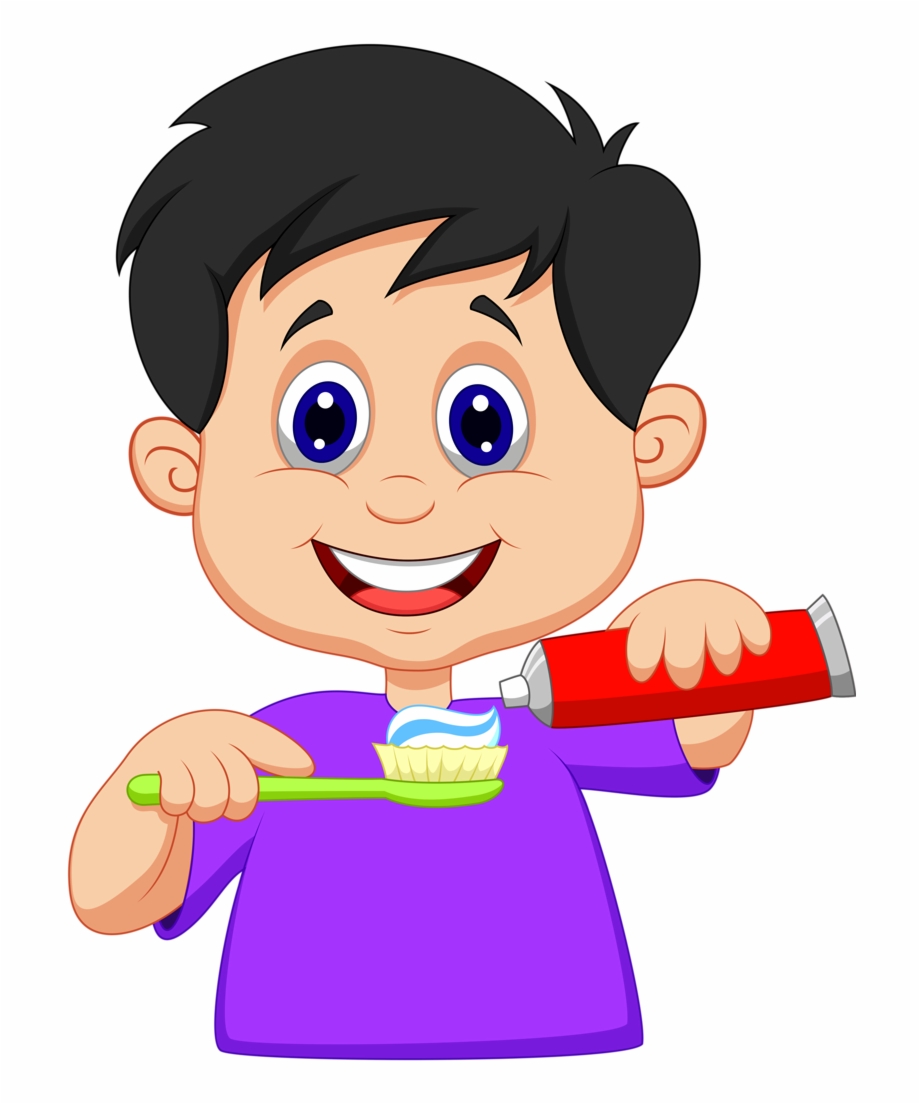

“You see people rinsing in films all the time,” says Atkins. You can get higher concentrations from your dentist, but they are for higher-risk patients.”Īnd the really important thing is not to rinse your mouth out once you’re done. “But for older children and adults, you want between 1,350ppm and 1,500ppm. “Children under three are OK with 1,000 fluoride ppm,” says Atkins.

Most brands carry it in small print on the back. This must be listed on toothpaste, in the same way as nutritional information on foods, or SPF on sunscreen. “The most important thing to look for is the concentration of fluoride parts per million (ppm),” says Atkins. “But you could also try buying a multisize pack and seeing which works best for you.”įluoridated toothpaste is an essential. “It is best to ask a professional,” says Kelleher. Most experts recommend smaller toothbrush heads, whereas the size needed for an interdental brush will vary from person to person. Using an interdental brush such as TePe will remove it, but you’ll want to use a toothbrush afterwards so that bacteria doesn’t remain on the other parts of your teeth.” “When you brush your teeth, you’re only cleaning 60% of their surfaces, so 40% of the bacteria, between the teeth remains after brushing. Kelleher also recommends using a TePe interdental brush or flossing before cleaning with a toothbrush. Brushing beforehand means your teeth have that extra protection against decay before you eat.” “When you eat breakfast and you introduce acidic foods, say orange juice or sugary cereal, there’s then an acid attack and teeth are more vulnerable for about an hour afterwards. “It’s about the pH levels in your mouth,” she says. “We need to clean our teeth before breakfast,” says Siobhan Kelleher, dental hygienist and TePe educator. But there’s more to healthy, white teeth than that. So what should we be doing? “Brush your teeth for about two minutes last thing at night before you go to bed and on one other occasion every day,” is the official NHS advice. I’m 47, so for me it was a generation born in the 1940s, who have had oral health issues … and then the people who taught them often ended up with no teeth.” Think about who taught you to brush your teeth. “It’s difficult information to get across. “Even when speaking with health visitors about my own children, there have been a couple of occasions where my wife has kicked me under the table because she can see the vein starting to bulge in my forehead,” says Dr Ben Atkins, former president of the Oral Health Foundation.


 0 kommentar(er)
0 kommentar(er)
